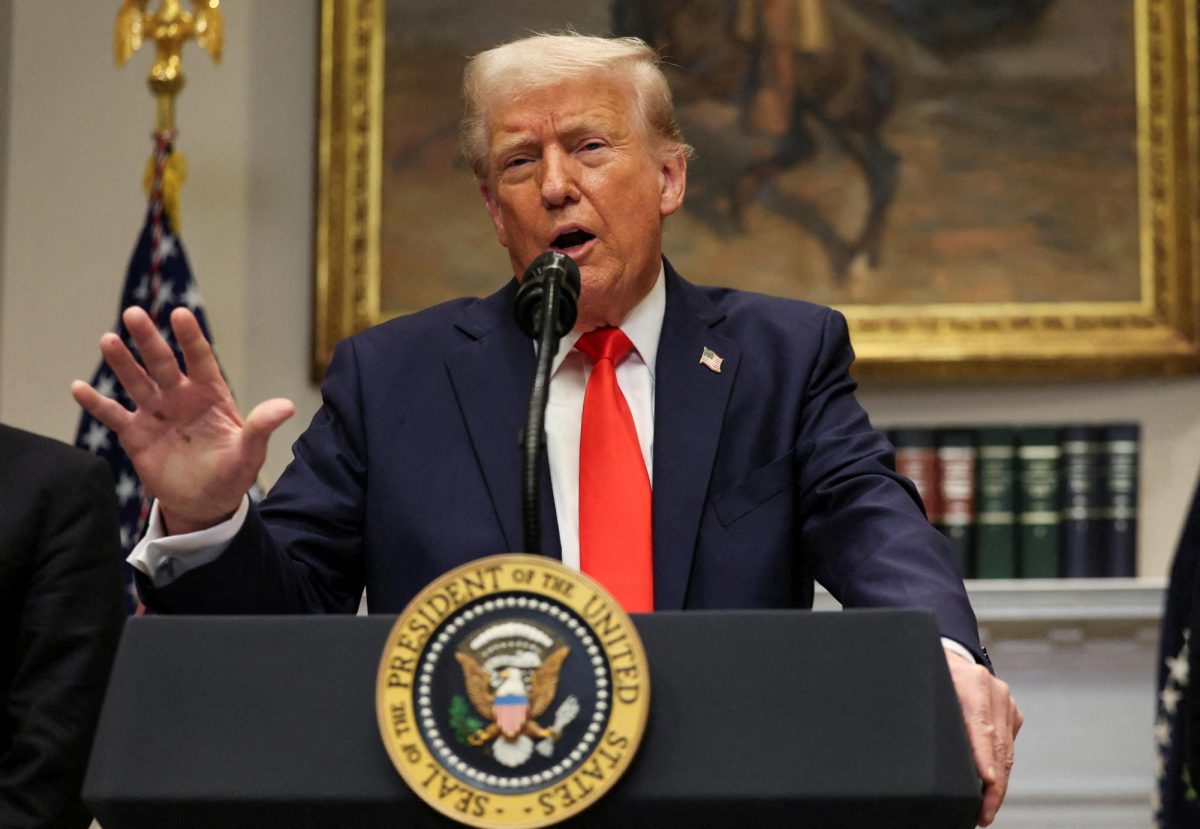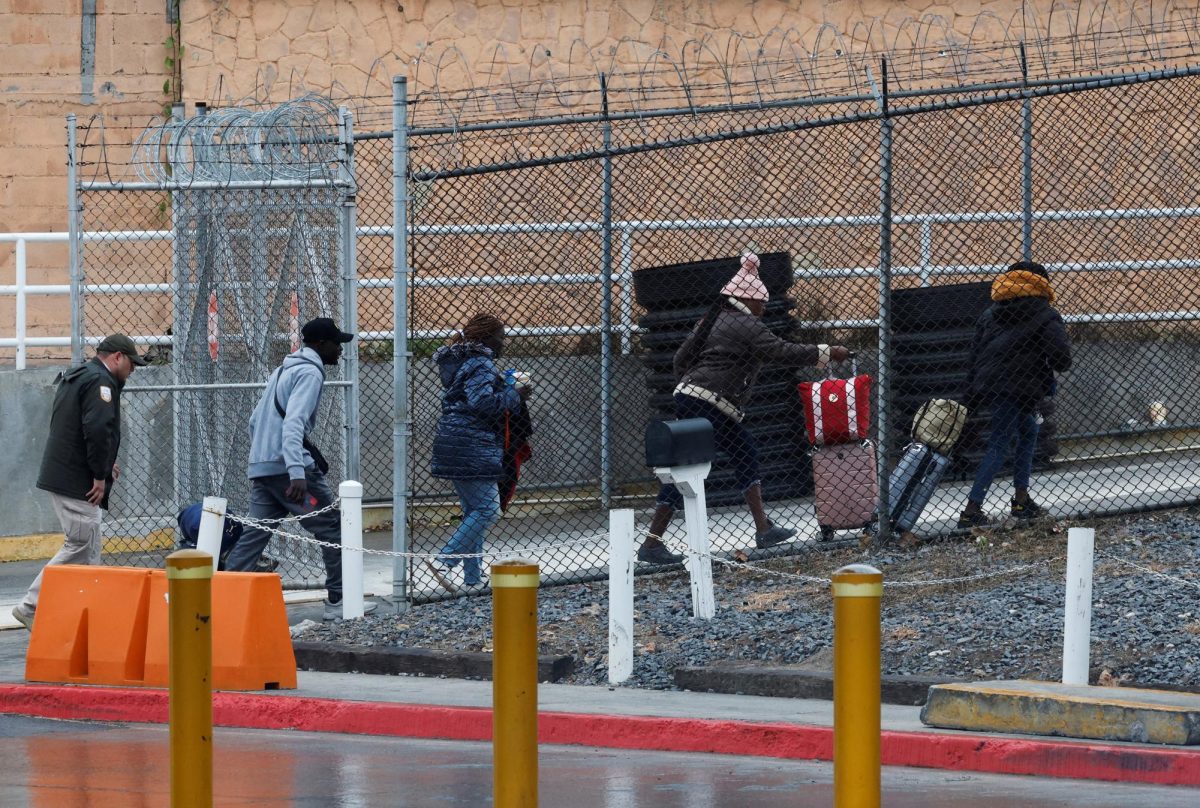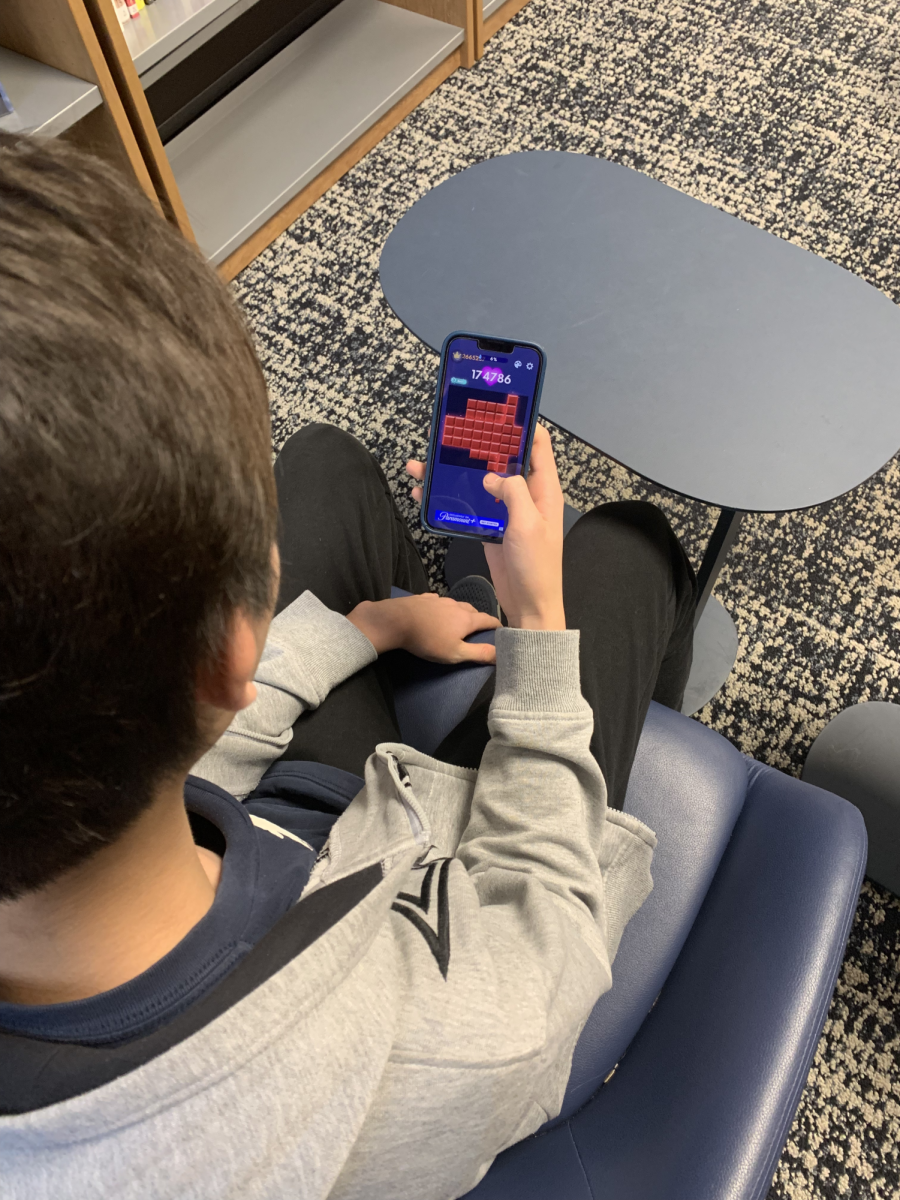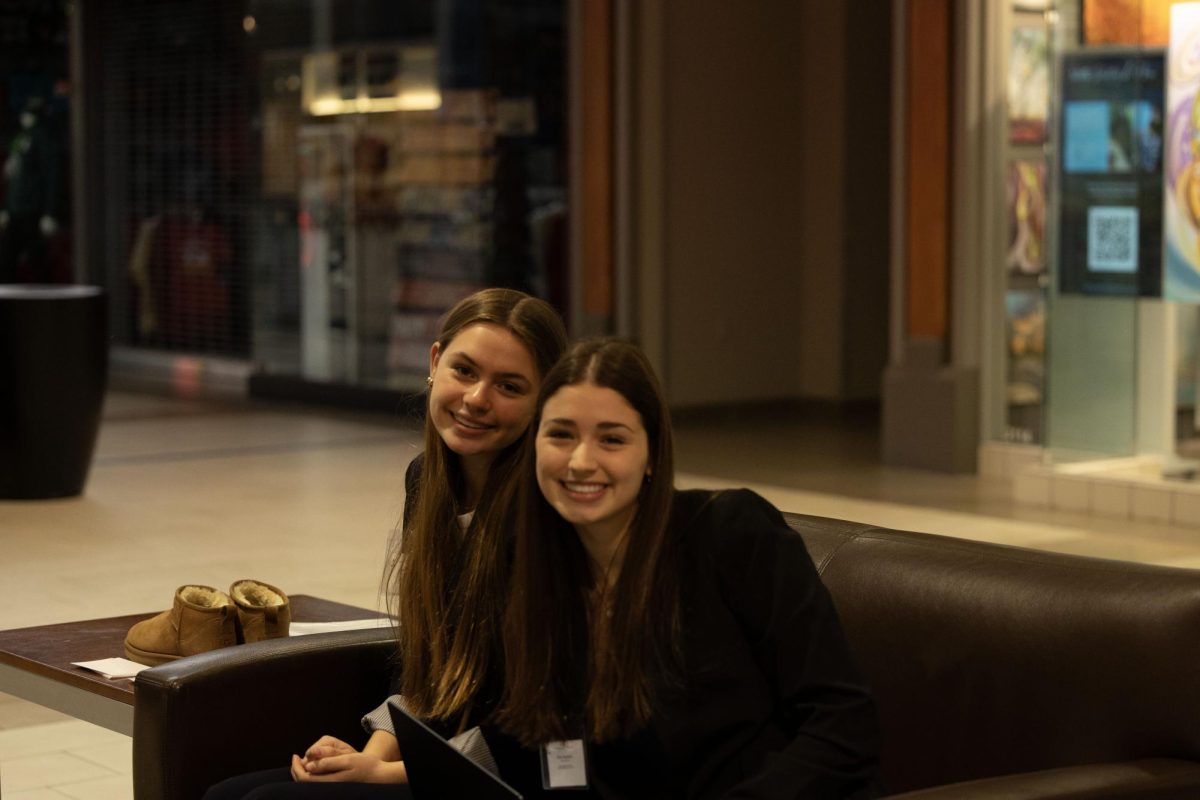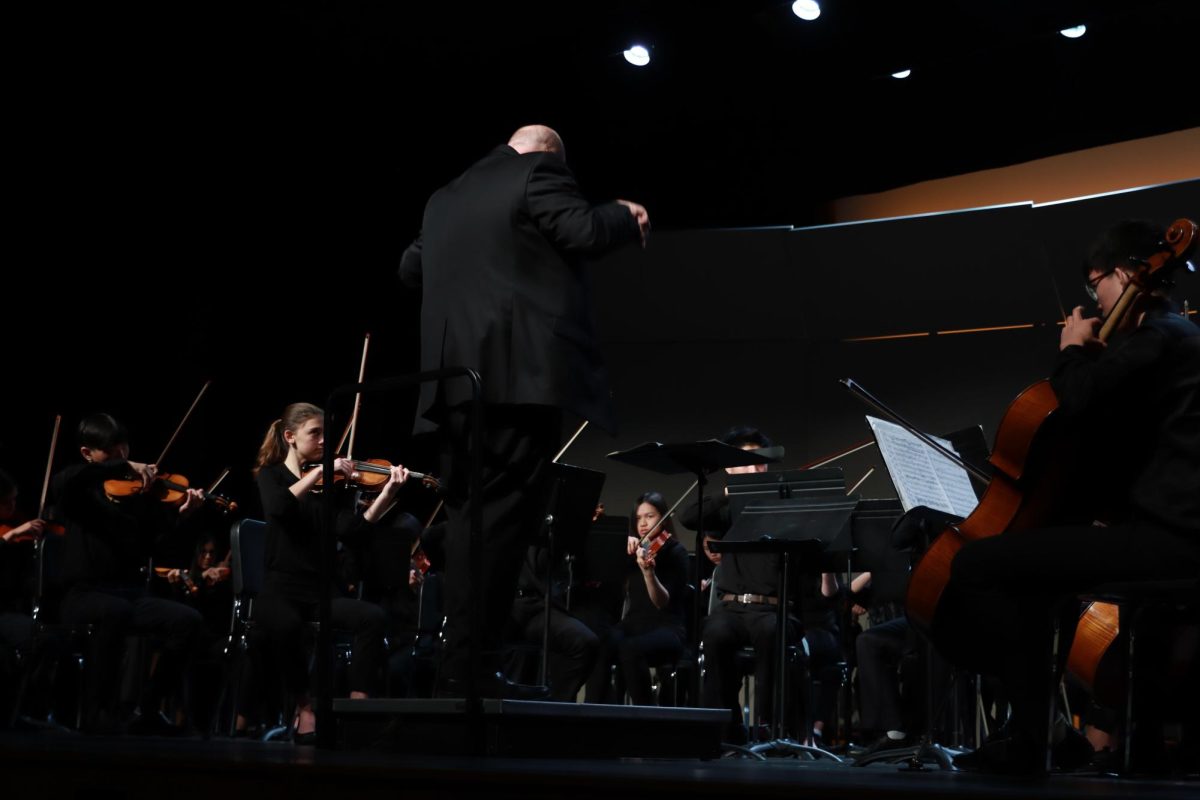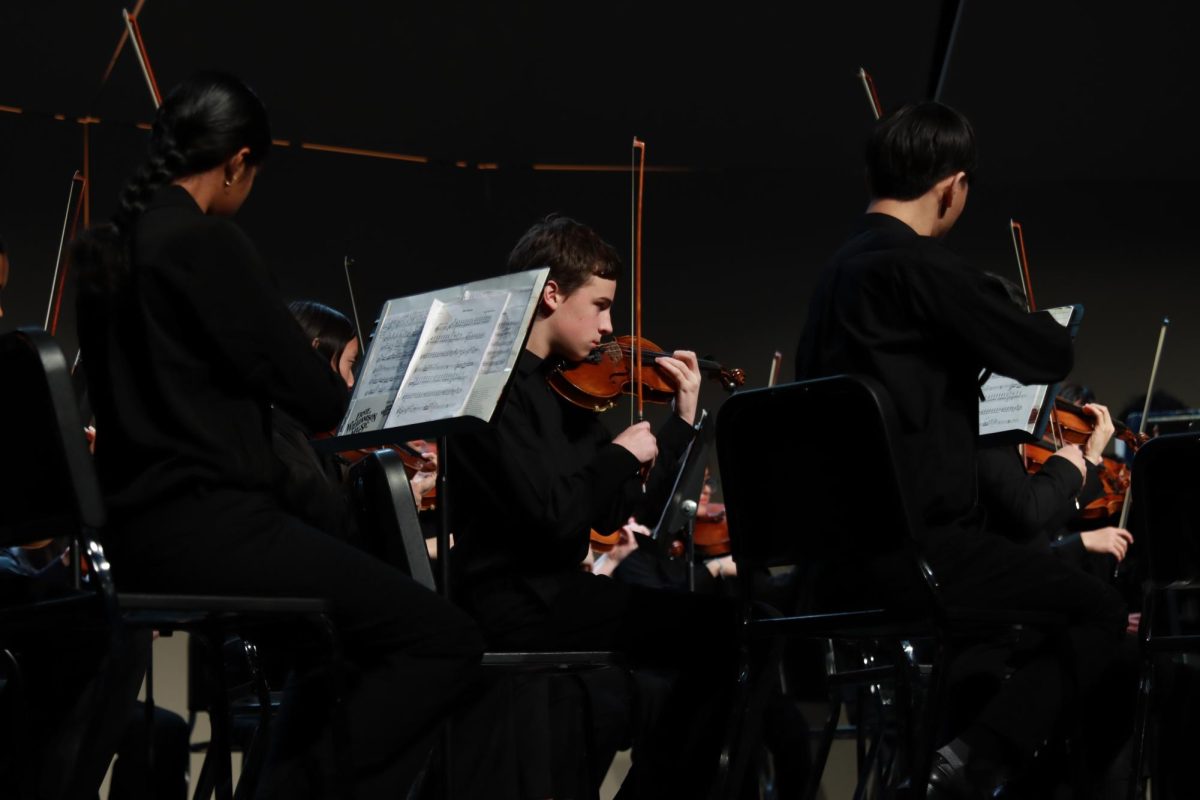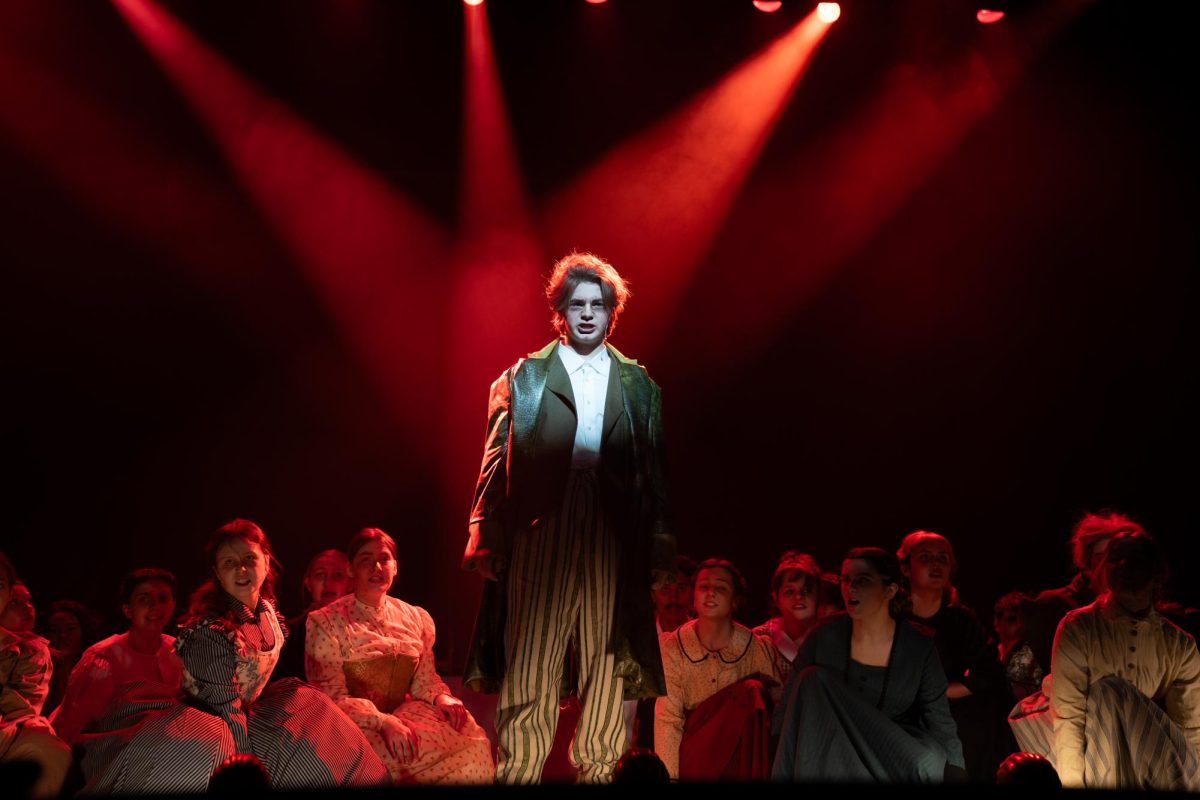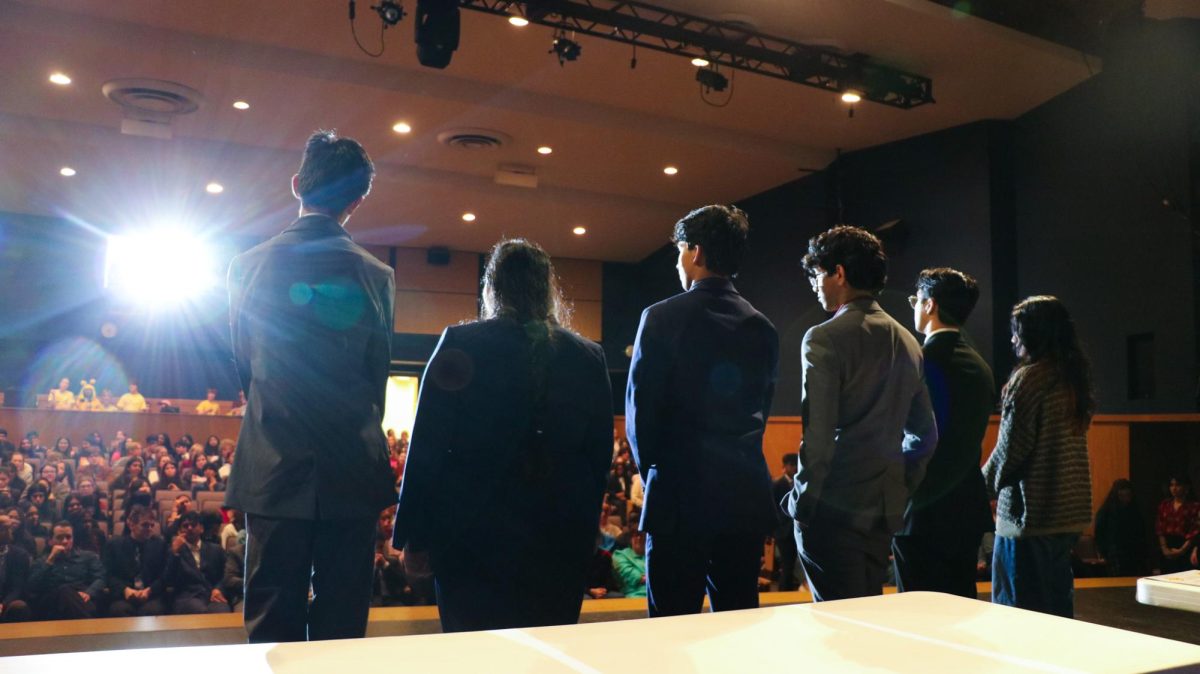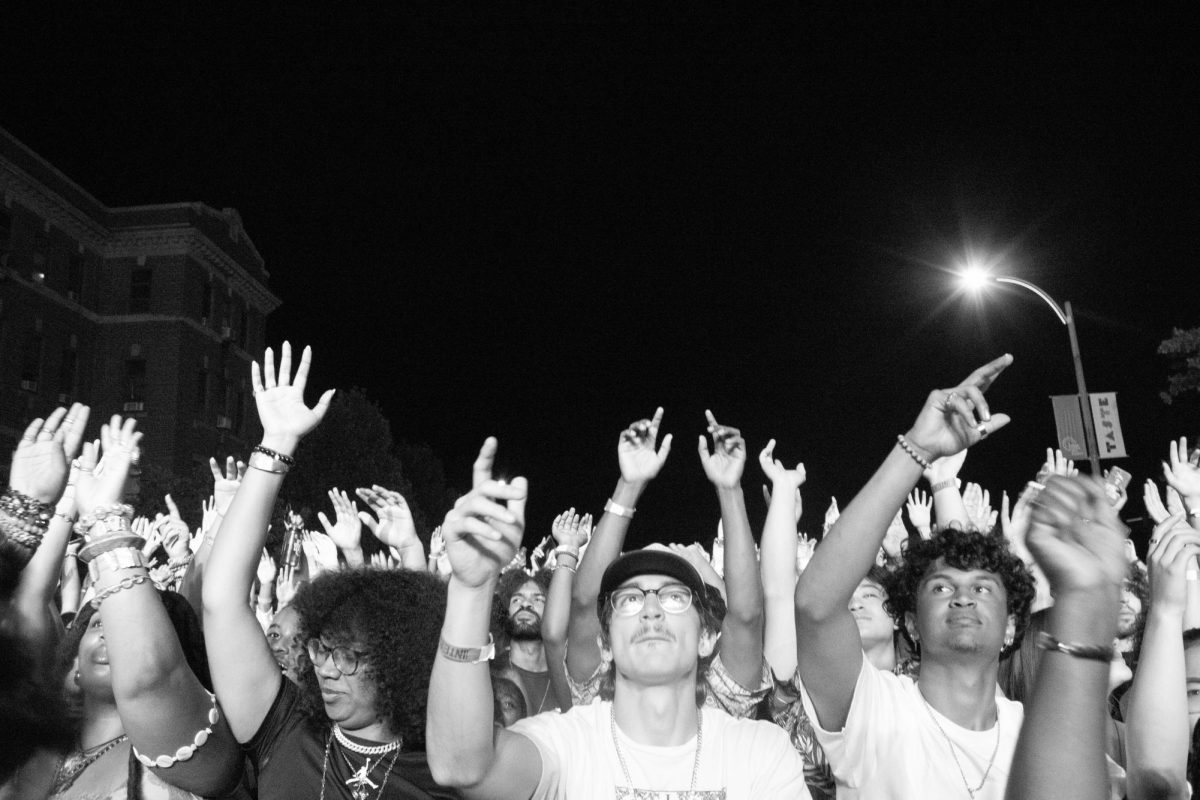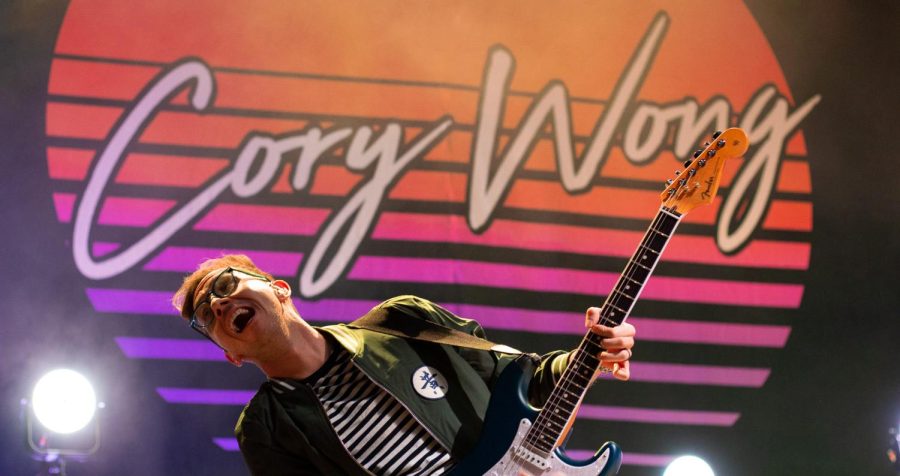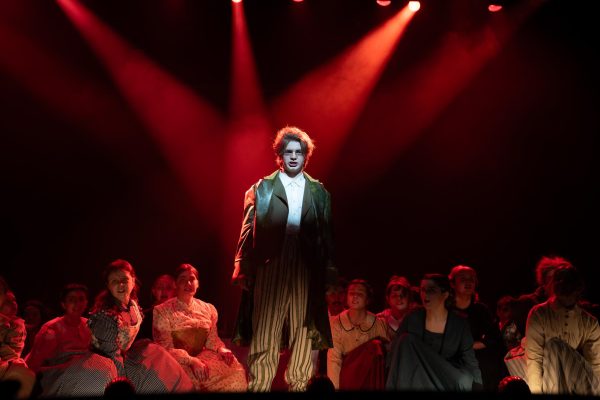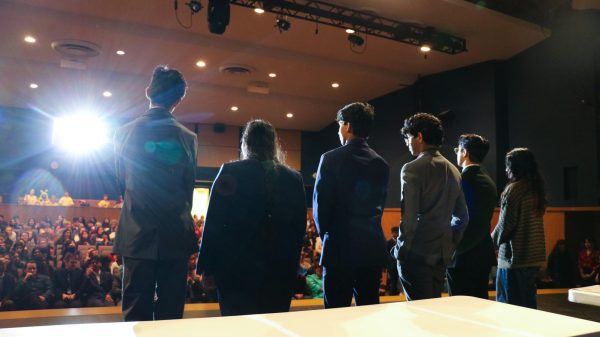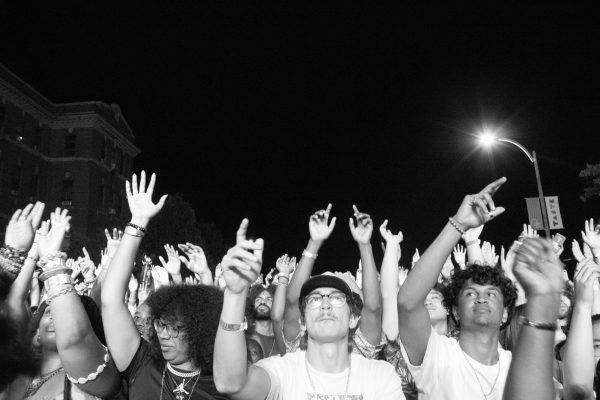Hong Kong Protests
December 11, 2014
In Central Admiralty, one of the busiest highways outside the Hong Kong government offices and financial district, there are no cars, buses, trams or taxis. Instead, you will find rows and rows of tents, thousands and thousands of umbrellas, large walls covered with colorful sticky notes and groups of passionate, peaceful protesters.
After Hong Kong’s handover to China in 1997, Hong Kong was promised universal suffrage, the right to vote for all citizens over the age of 18. Previously, Hong Kong had been a British colony for over 150 years. With its return to China and communism, some political promises were made. Hong Kong became the SAR – special administrative region – not required to follow all laws of China, but still under China’s control.
But recently, China announced that Hong Kong will only be allowed to vote for its leader with a Beijing committee screening the candidates first. This announcement did not go over well with locals. Since September 22nd, students and residents of Hong Kong have been protesting for true universal suffrage.
A symbol of these protests have been sticky notes. Outside the headquarters of Hong Kong’s political leader, CY Leung, the walls of bright sticky notes stand. On these notes are messages of encouragement and drawings of support for Hong Kongers’ recent political protest. Students call it the “Lennon Wall,” based on singer John Lennon’s message of peace and activism in his own life before his murder in 1980. Sticky notes have just been one of the many symbols of the Hong Kong Movement.
Another symbol of the Hong Kong protests are umbrellas. At the start of the protest, umbrellas were used to block off tear gas and pepper spray from the police, treacherous rain and blazing heat. “The Umbrella Revolution” is the new name for the movement, showing the significance of the umbrellas as their symbol of freedom, being with them every step. Sculptures, paintings, and thousands of other art pieces have been made depicting the umbrella.
“On the sides of the streets there were many signs in different languages saying that ‘Hong Kong wants democracy’. Everyone came together to fight. Not by themselves, but as Hong Kong, as a community,” Brittany Ng, a freshman in high school attending Hong Kong International School, said.
Ng and many other students went down to Central to closely observe the protests, and noticed how organized everything was. There were stations for food, water and even showers. Study places and tutors have also been available for students protesting. The majority of the protesters are young students in college. Despite still being in school, they are choosing to protest.
Though the student protesters in Hong Kong are fighting against the government of one of the biggest and most powerful countries in the world, their protests have been peaceful.
“Once you get down there you see tons of posters and signs, literally everywhere. On the road, hanging up on bridges, everywhere,” Carly Billington, a sophomore also attending Hong Kong International School, said.
Speeches constantly ring through the air, and there were bracelets available for protesters to buy in order to show their support. Pamphlets and posters also covered the main areas of demonstration.
“I believe in this movement; but [I am] unsure of its effects. It may slowly subside without any significant benefits,” said Madison Laskowski, another sophomore in high school at Hong Kong International School. “But it seems to be inevitable that change is needed, and will occur. Movements like these should continue to occur, and eventually, China will have to respond to the demands of the Hong Kong people. CY Leung is not giving fair treatment, and true democracy is needed.”
Today, social media is involved with almost all current events. #hongkongdemocracy and #hongkong have been trending on Twitter. China’s policy does not allow freedom of speech or for people to express their opinions on government authorities. But, this new method of expression is much harder to control.
Though the student protesters in Hong Kong are fighting against the government of one of the biggest and most powerful countries in the world, their protests have been peaceful. There is a community feel among the various protester groups, sharing of supplies, singing songs and a hope that change is possible.
“It is a really close-knit community and everyone is willing to share the supplies they have and encourage others to go and give a speech.” Says Laskowski.
The results of this Hong Kong protest remain unknown. After more than 3 months of protesting, students continue to sit on highways today in hopes for true democracy, something many Americans today take for granted.








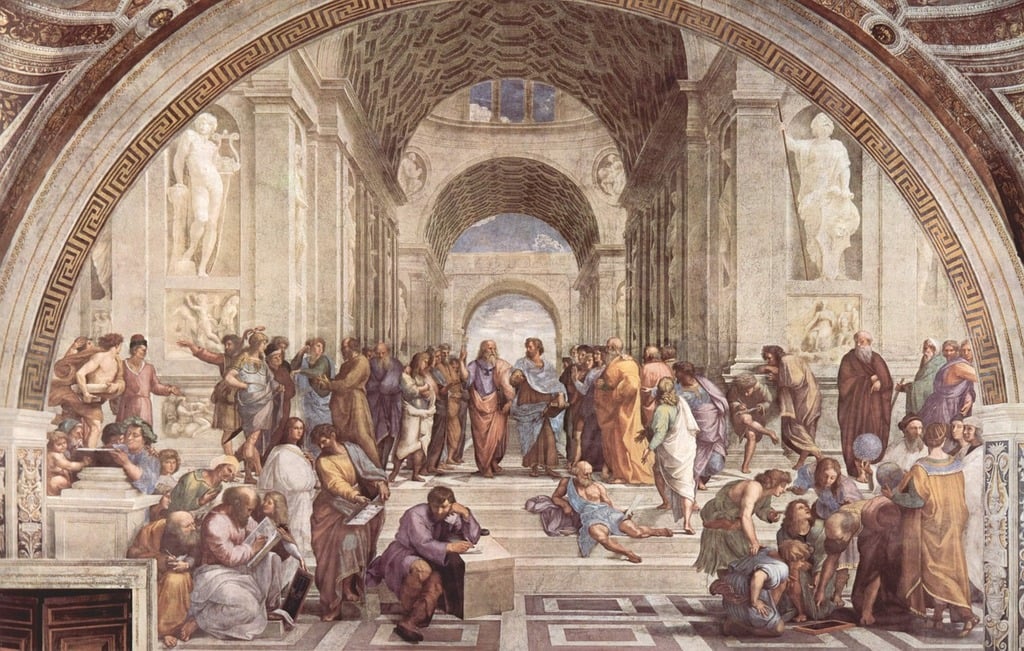
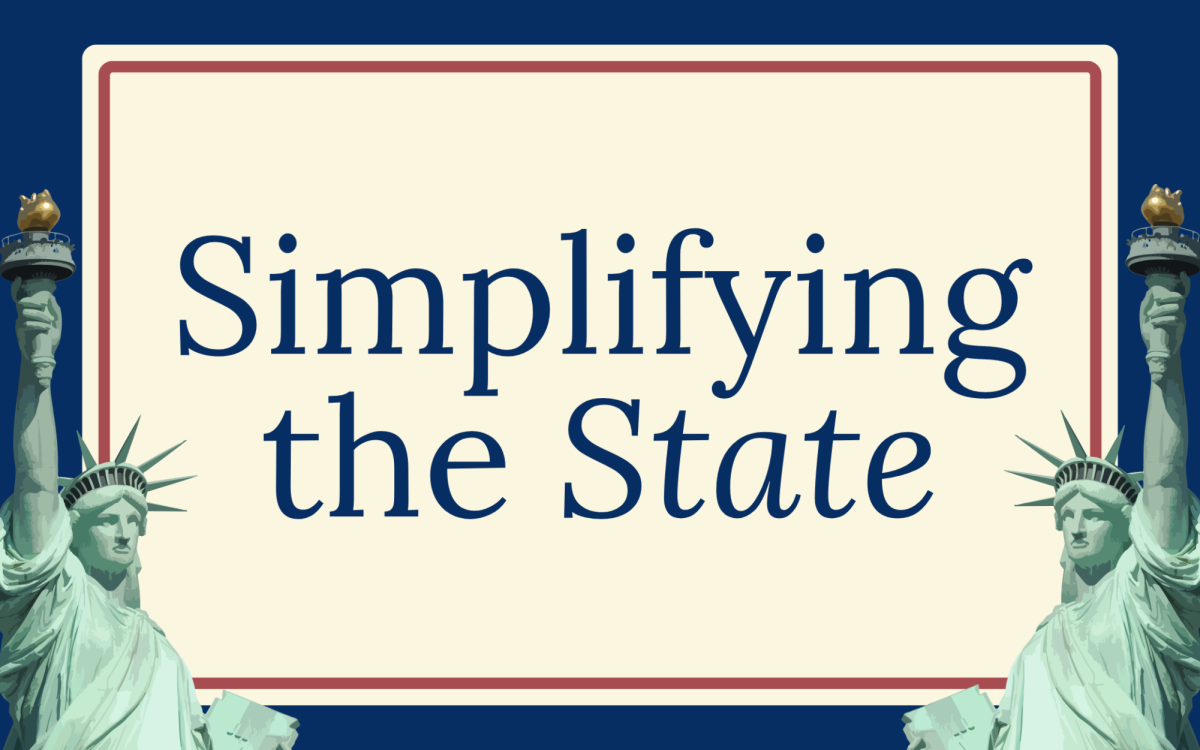


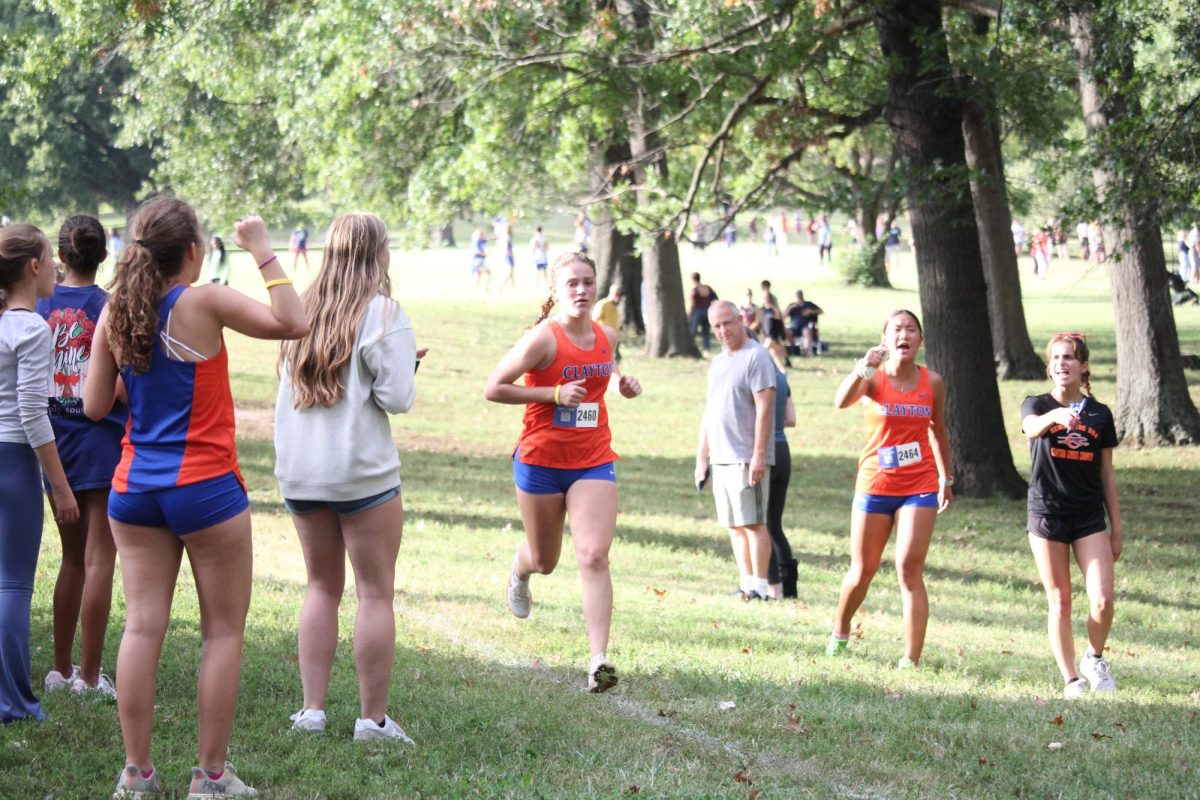
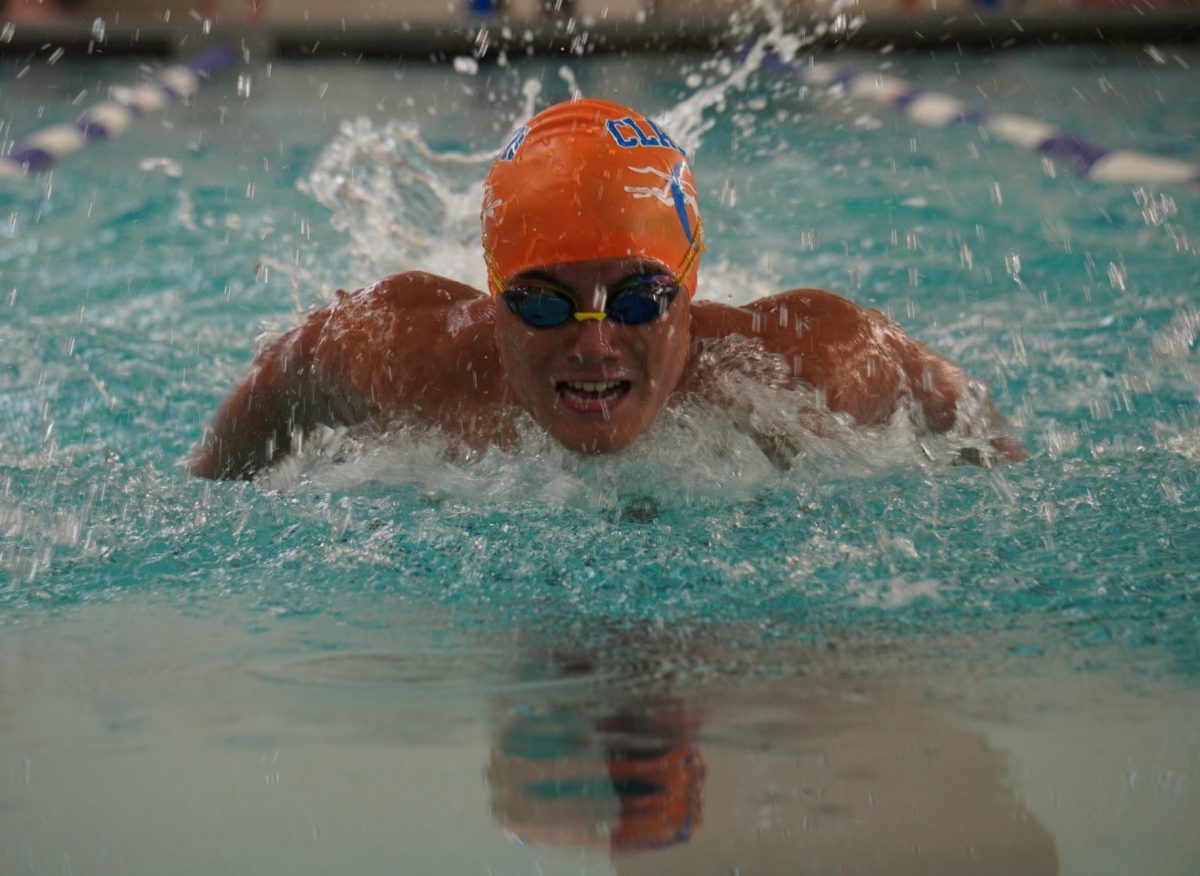


![Rowing Club teammate Audrey Burger poses next to Juliette Springer at the Haxton Ohio race. The team placed sixth out of 16; in the previous race, they placed fourth. "[After] the race was over, I felt very relieved because of how nervous I was before the race. I also felt proud because I did better then I thought I was going to do," Springer said.](https://www.chsglobe.com/wp-content/uploads/2024/12/IMG_7938-1.jpg)





